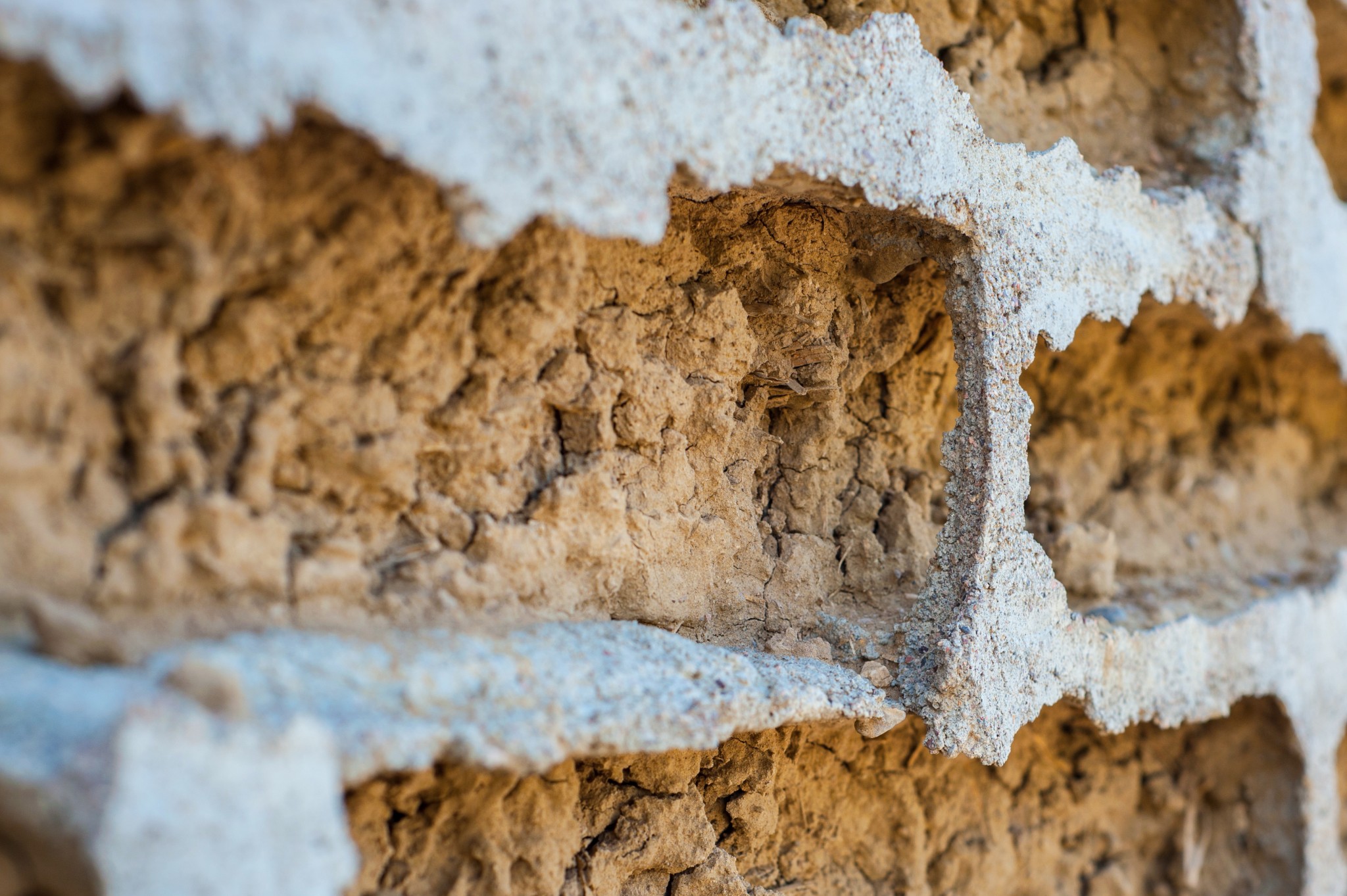
by Donald Simpson | Apr 21, 2017 | Adobe CC, Innovation Foundry, Spark Page
Today, Donald Simpson, talked about some basics for when providing your data and research in a digital presentation. You can find the Adobe Spark Page presentation here. You can also download the Visualizing Your Research PDF here.
For more help:
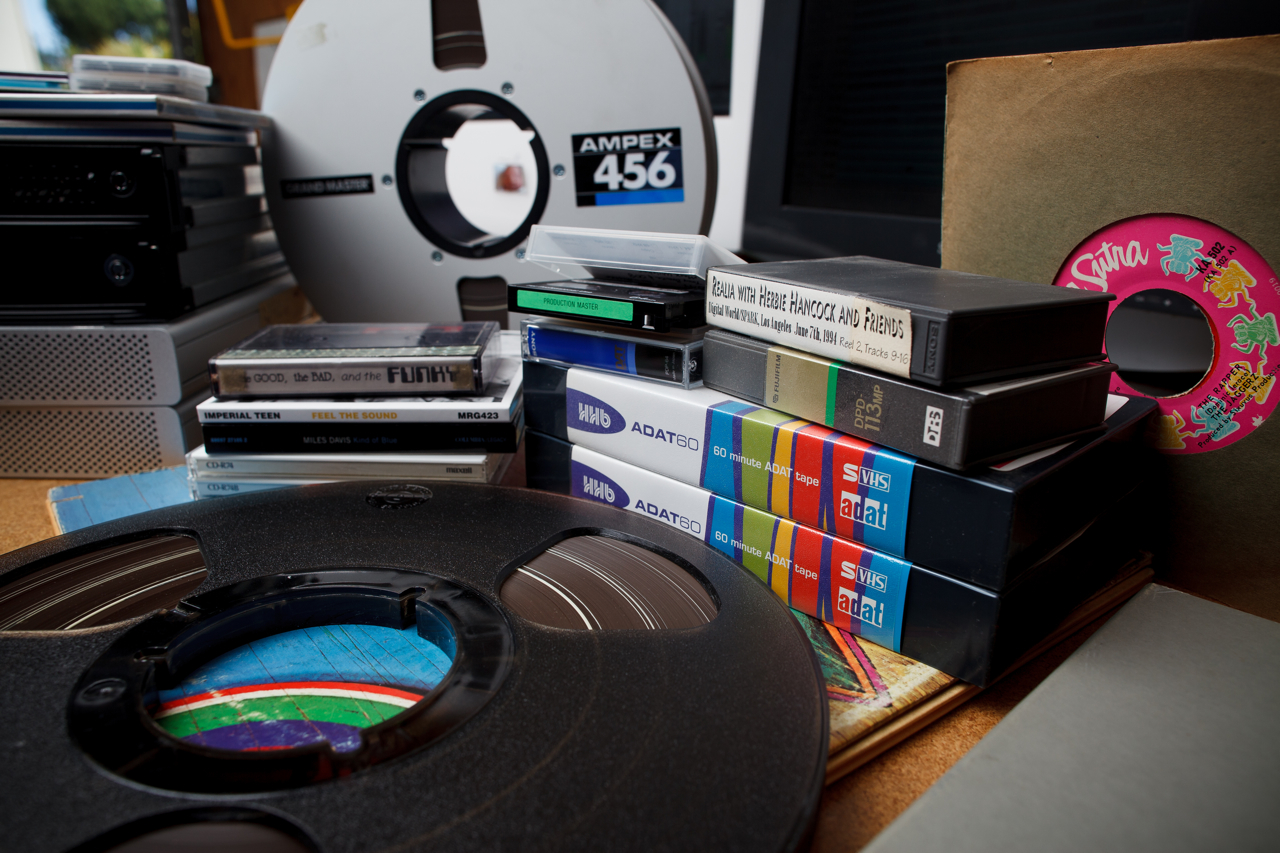
by Donald Simpson | Mar 10, 2017 | Adobe CC, Innovation Foundry
I have been able to present this content twice – so many of you who may have only attended the first presentation might want to see my slides from the second. Here they are:
Analog to Digital
Lets face it, the creation of data can be somewhat overwhelming. By the end of 2016, 2,500,000,000,000,000,000 bytes (2.5 Exabytes) of data was being created every…single…day.
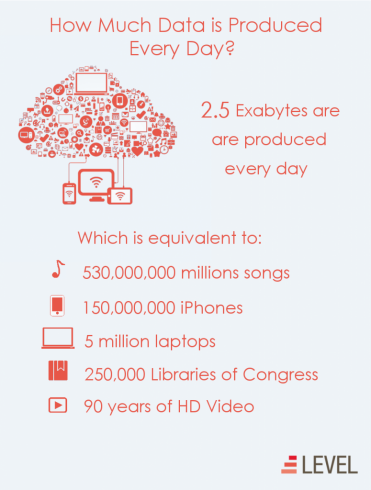
So when it comes to thinking about adding to an ever growing digital world by digitally preserving the analog media files (pictures, papers, audio recordings, video tapes, letters, postcards, etc.) we all have in boxes, attics, and hanging on our walls, a lot of us are hesitant, fearful, reluctant, or not even interested in pursuing the idea – let alone the technical aspect of transforming those things. FEAR NOT! It is not as daunting as one might think, and believe it or not, a lot of the tools you may need to digitize your analog files may already be in your possession or fairly easy to obtain (or borrow).
Today, I was able to talk about some simple ways of digitizing and preserving some of the following analog media types.
Paper:
- Using Adobe Acrobat on your Smart Phone. Android iPhone
- Checking with your local library, church, or friends to see if you can use their scanner.
- Purchasing a scanner. Epson Scanner on Amazon
Image Prints:
- Using your Smart Phone, including some apps that are available.
- Checking with your local library, church, or friends to see if you can use their scanner.
- Purchasing a scanner. Epson Scanner on Amazon
Image Film:
Video:
Where should I be storing all my digital files? Good question! Never keep just one copy of your digital files…never, never, never!
- If you are a part of the ACU community, you have 2 Petabytes worth of storage on your Google Drive account.
- If you are just storing images, everyone with a Gmail account has unlimited storage of their images in a compressed format (jpeg vs. tiff/raw).
- If you have an Amazon Prime membership, you also have unlimited storage of your images.
- External hard-drives are getting better and cheaper every month it seems. Be sure to have several backups created.
Where should I NOT be storing all of my files?
- Do not keep any of your files in a place that is not climate (temperature and humidity) controlled.
- Do not trust being able to have access, play or view your analog files in their original format – unless it is paper. Paper is still very good, see the first bullet point.
- Do not trust having all of your digitized files on your computer, and nowhere else.
- Do not trust having all of your digitized files on one eternal drive.
- Do not trust having all of your digitized files just in “the cloud.”
What format should I be converting my analog media too?
- Text = PDF
- Images = TIFF/RAW and JPEG
- Audio = WAV/AIF and mp3
- Video = .MOV and mp4
What about settings? The University of North Texas has a great Digital Projects – Standards page. It really provides you with the settings you will want to use if you plan on truly digitally preserving your analog media files.
As always, if you need some help, guidance, or even a little training – you can email me at donald.simpson@acu.edu
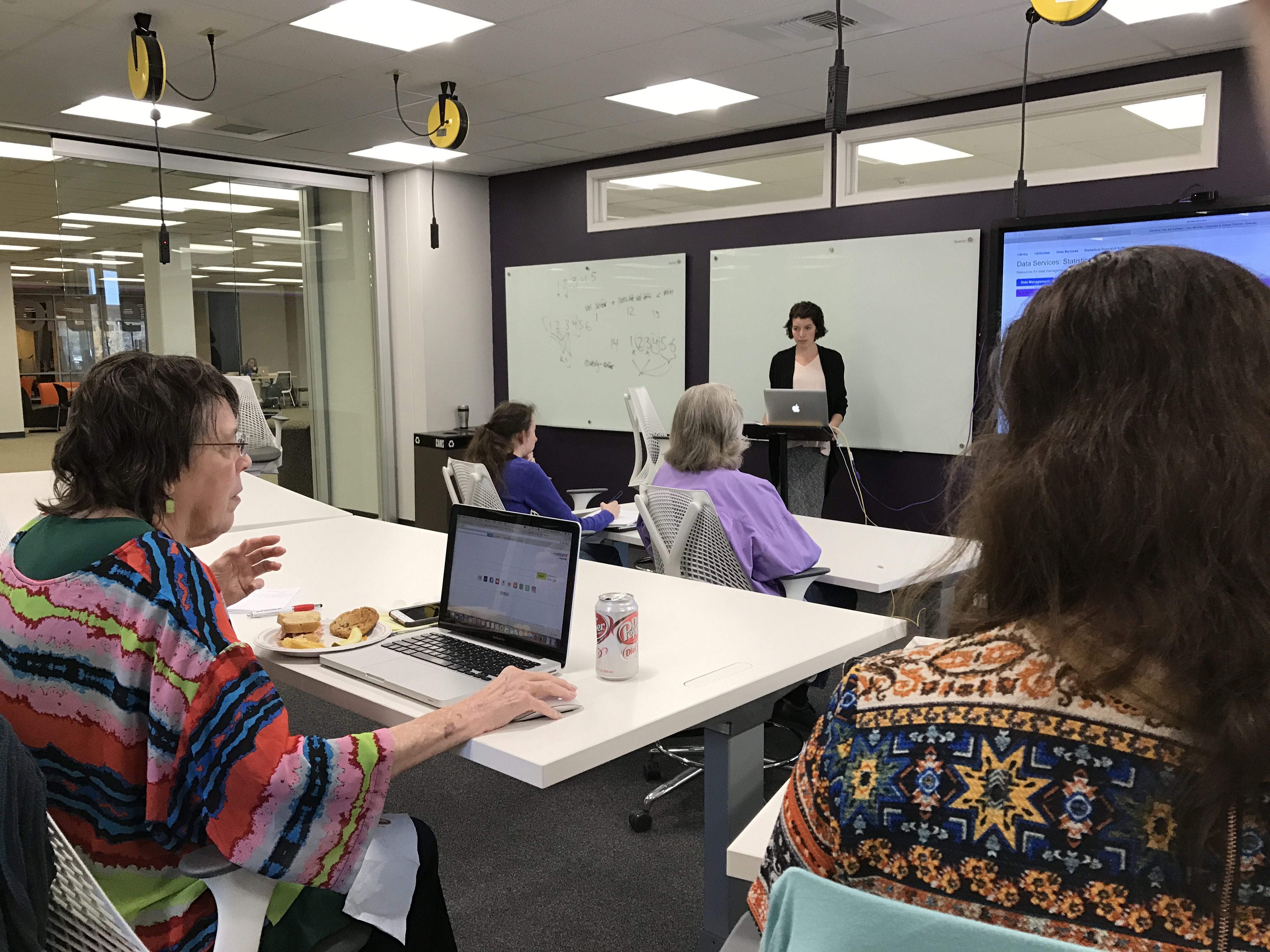
by Donald Simpson | Feb 24, 2017 | Research Data Tools
Jasmine Hoover led several ACU staff members through some of her favorite online resources for gathering U.S. Statistical Data. All of the sites she shared are available on Jasmine’s LibGuide, or you can go to the ACU Library website, click on “Research Guides,” and type “Data” into the search box. Jasmine’s LibGuide will be the first result.


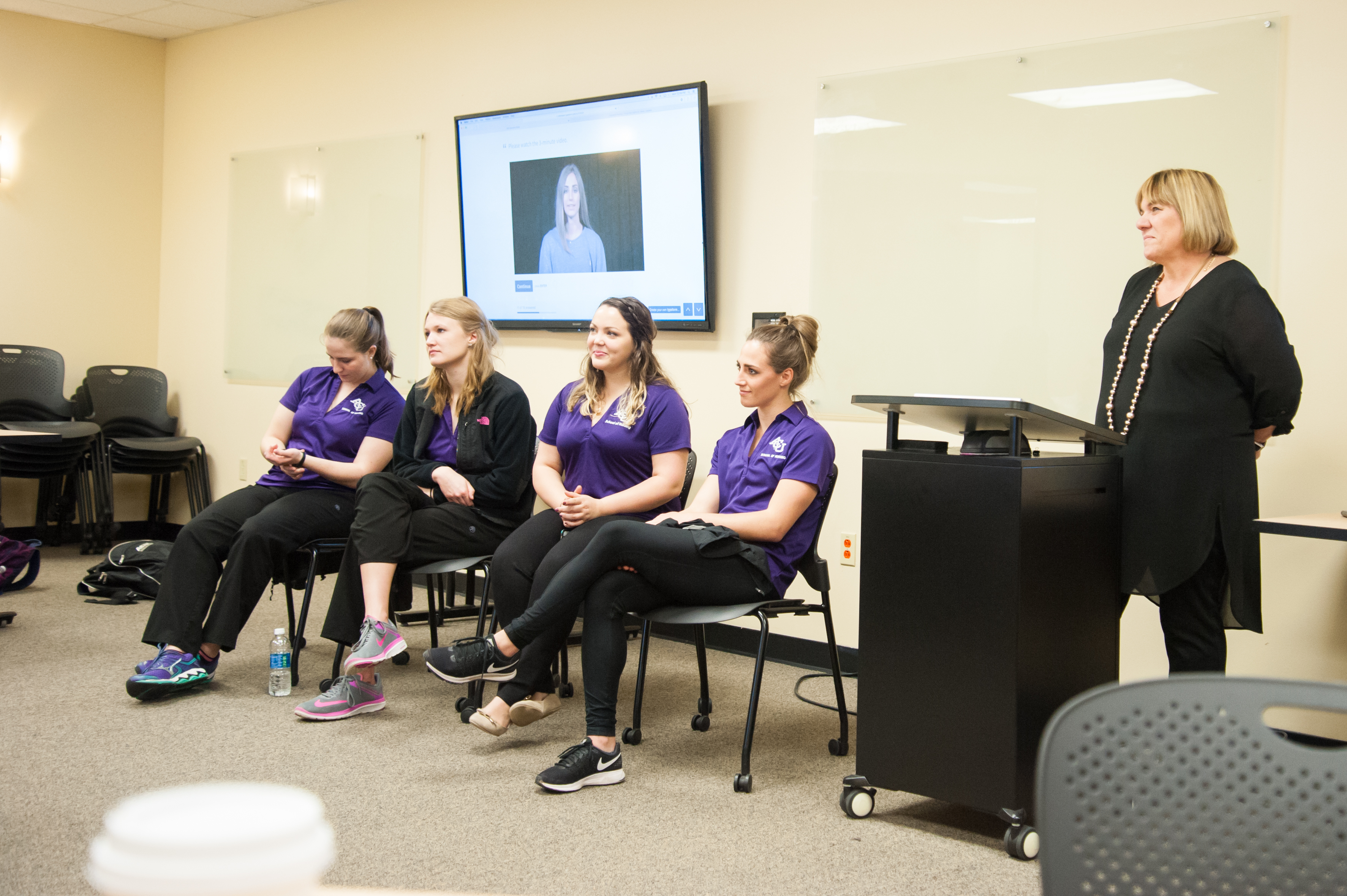
by Donald Simpson | Feb 20, 2017 | Innovation Foundry
Dr. Anita Broxson hand picked four of her senior nursing students to participate in a research project whereby they would create a survey, develop and produce a video, and provide a means by which they could determine whether or not individuals would be able to gain a better understanding on how they could keep from contracting the Zika virus. Turns out, they did a really good job in not only attaining their objectives, but with some help from the Innovation Foundry, they were able to reach a larger audience by making the survey digital and able to host it on a learning management system to be used in several missions courses. The four students shared their experience with faculty and staff during an Adams Center Luncheon today, and were able to talk about how they learned a great deal about how to incorporate technology into their project to get the results they were looking for, but also how this project can now continue to exist beyond their time here at Abilene Christian University. We look forward to seeing how they do at the National Conference of Undergrad Research in Memphis, TN, in April. More to come…
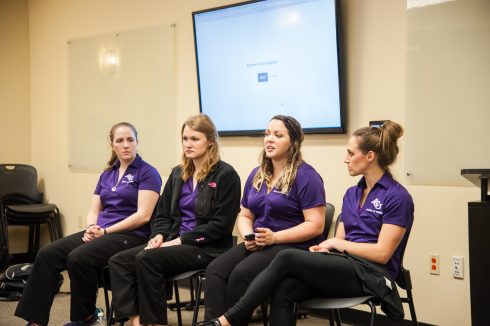
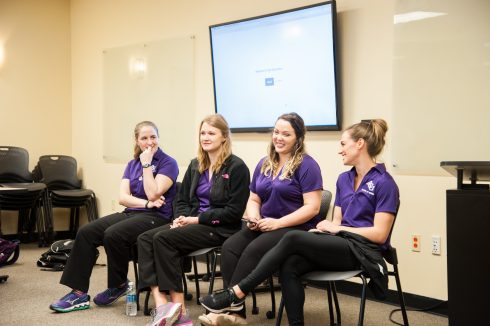
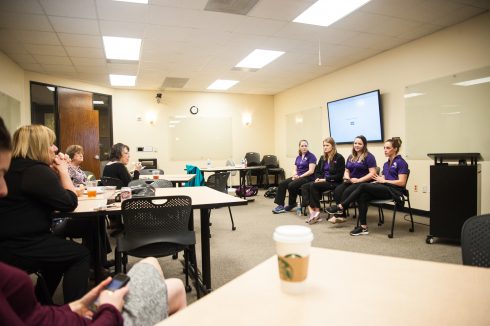
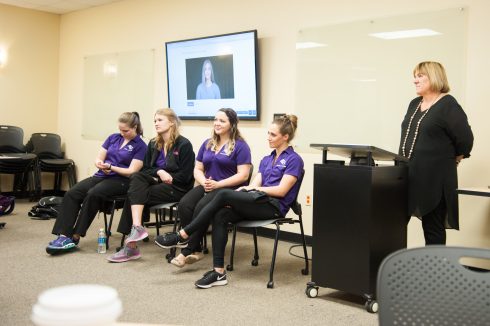
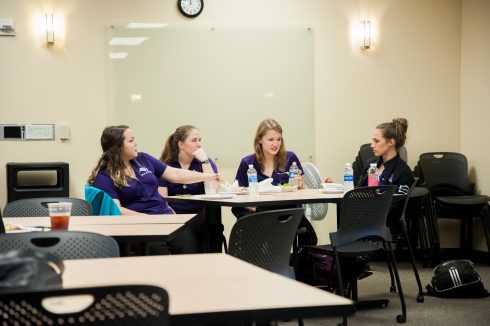

by Donald Simpson | Feb 17, 2017 | Innovation Foundry
Today, John Kaczmarek and several students and staff began their Raspberry Pi project in partnership with the Innovation Foundry and Maker Lab. The project is a first of it’s kind pilot program in which participants will be building a distributed weather monitoring system utilizing the Nerves platform. This project follows an Innovation Fridays talk John gave about the Internet of Things.
Plans are for the project to be completed before ACU Maker Fest and will be on display during the event. Stay tuned for more updates.



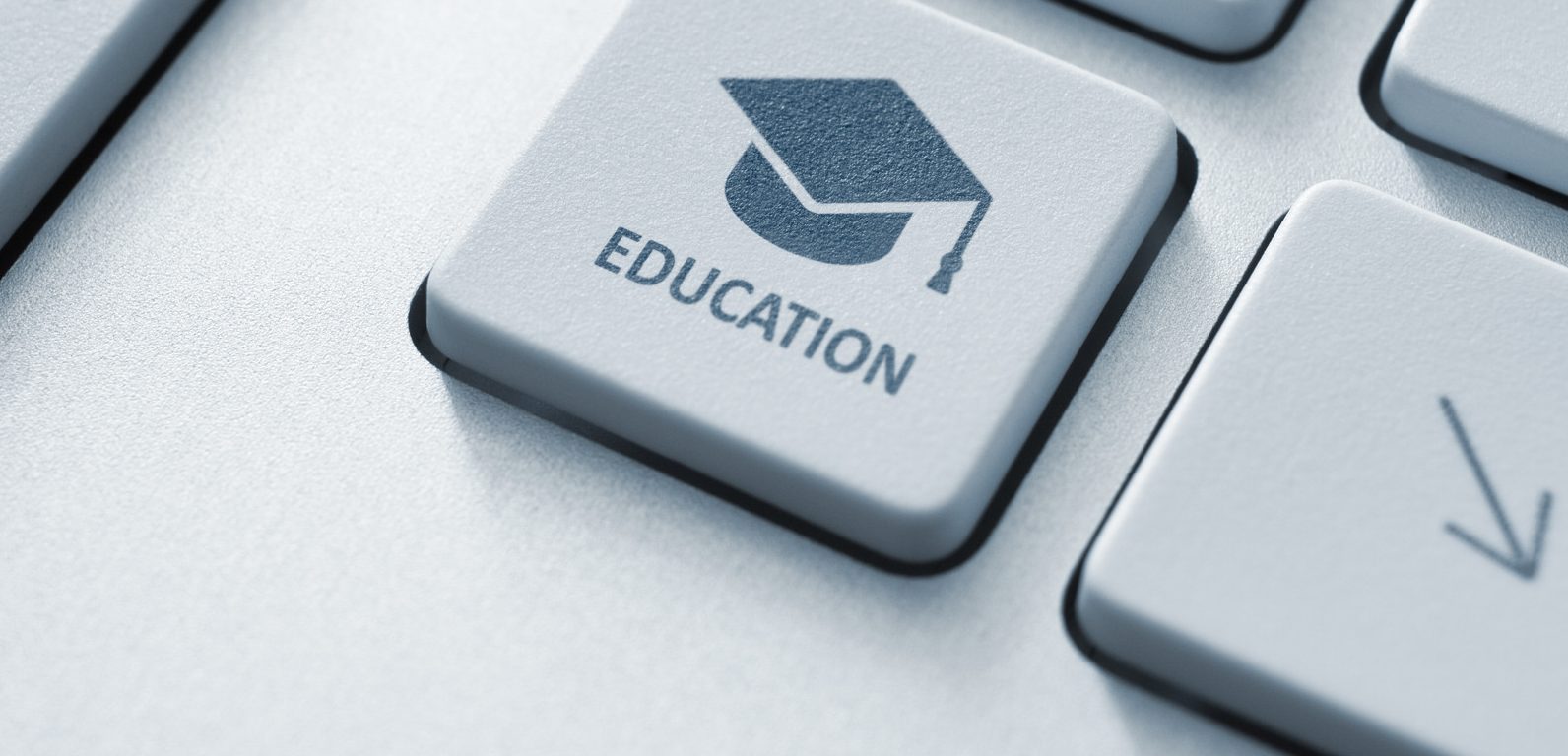
by Donald Simpson | Feb 17, 2017 | Innovation Foundry
Here is a link to help educators get better usage and results when using Google Drive.
Google Drive for Educators

by Donald Simpson | Feb 16, 2017 | Innovation Foundry, News
Dr. Kent Smith talks about how the Innovation Foundry helped him think through ways the Apprenticeship in Regenerative Culture can incorporate technology into their distinctive community. Here is the video Dr. Smith created with the Innovation Foundry.
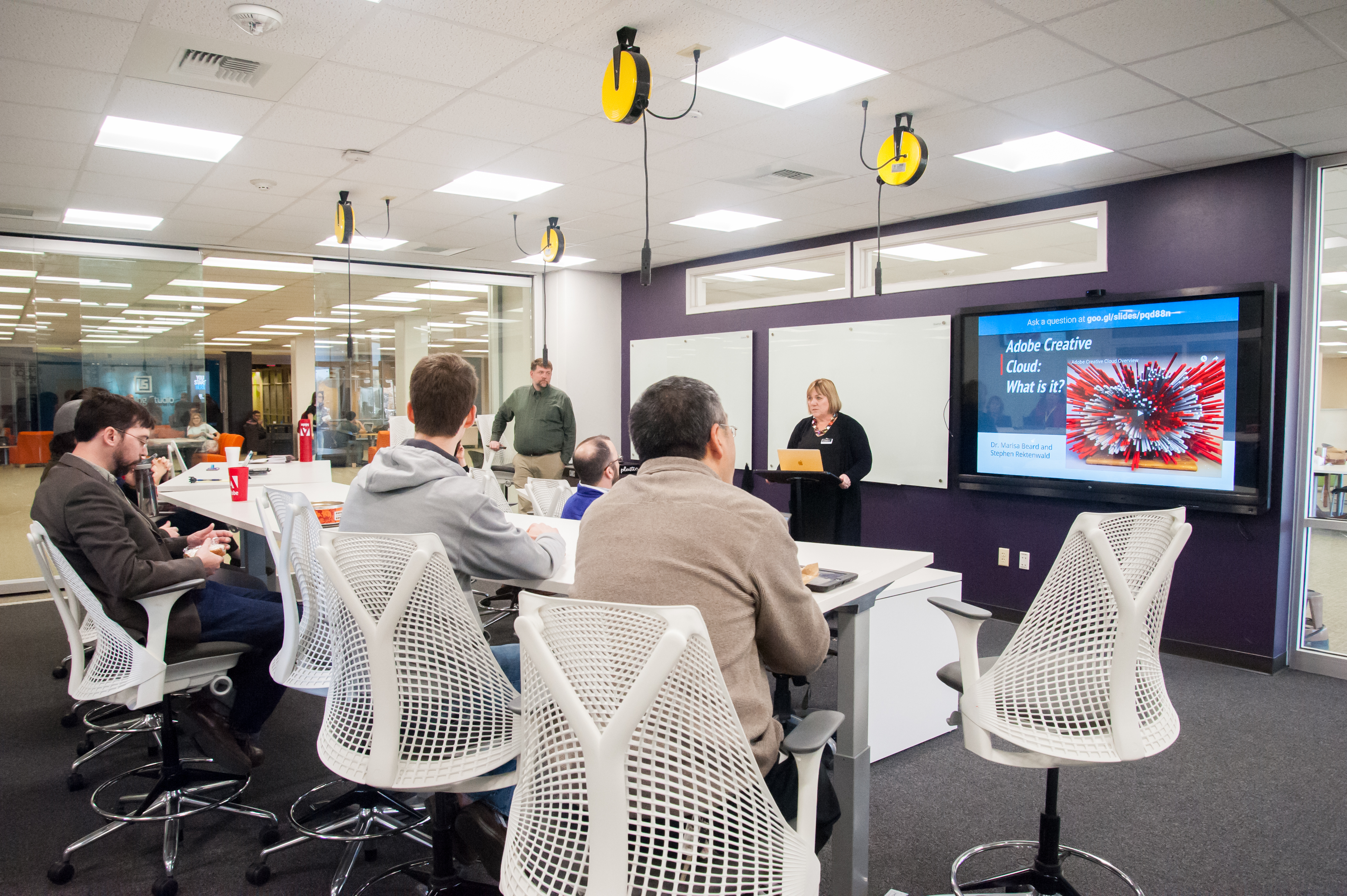
by Donald Simpson | Feb 10, 2017 | Adobe CC, Innovation Foundry, Lynda.com
What is Adobe CC? Today, Dr. Marisa Beard and Stephen Rektenwald talked about and demonstrated some of the Adobe Creative Cloud applications that can be very useful in your teaching, learning, and everyday creations. From demonstrating how to download the Adobe CC app to your desktop, to providing resources on how to use the various applications, Marisa and Stephen interacted with those in attendance as well as fielded questions about the various ways the Adobe tools can enhance just about anything you put your imagination towards. Here is the link to the presentation.
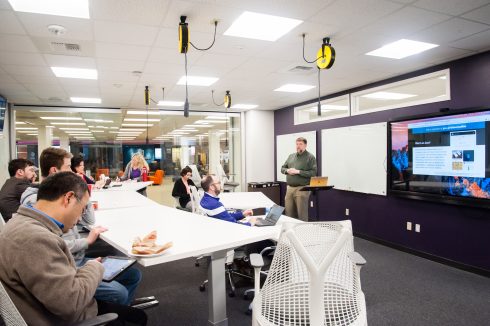
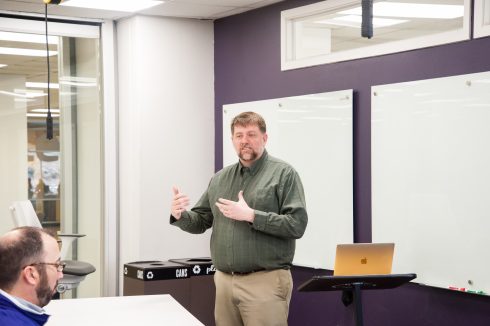
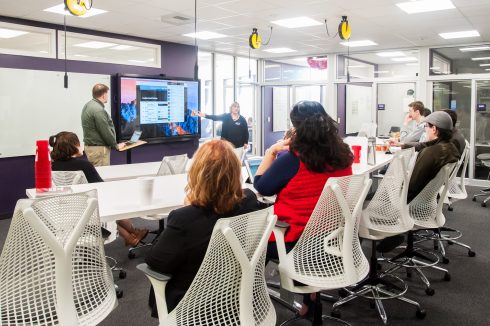

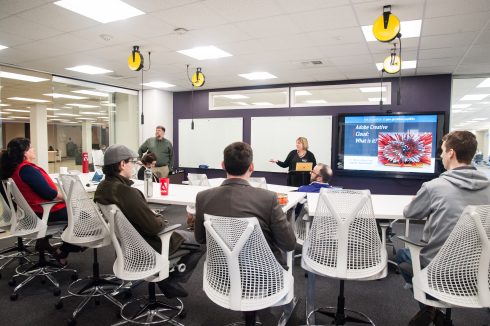
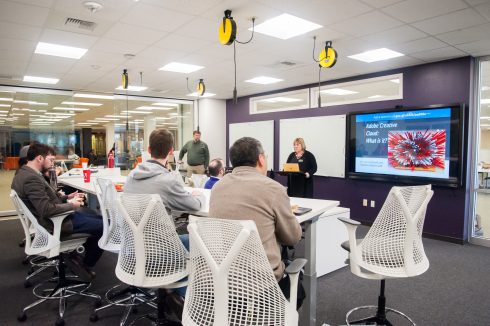
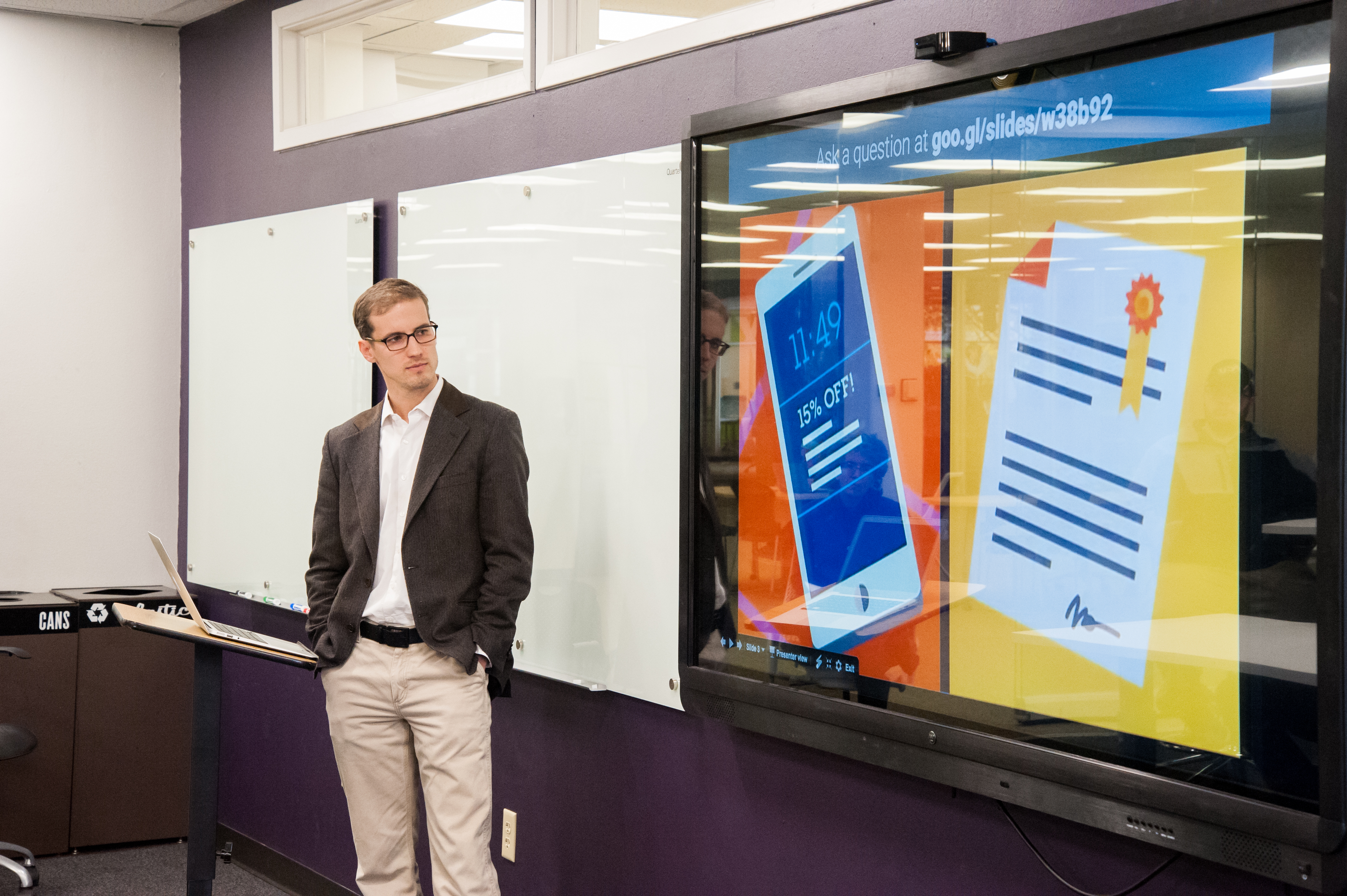
by Donald Simpson | Feb 3, 2017 | Innovation Foundry
The Internet of Things: What is it and why it matters – Led by John Kaczmarek
Smart Smart diapers? Internet-connected water bottles? Bluetooth-enabled egg trays? You put a touch screen on what? John Kaczmarek helped to explain the the Internet of Things and explored the growing impact it’s having on our lives and education. This was the first in a series of ongoing sessions that will allow interested participants to create their own embedded solutions. Here are a few images from today!
See you next week as Dr. Marisa Beard talks about Adobe Creative Cloud (Adobe CC). Be sure to attend!!
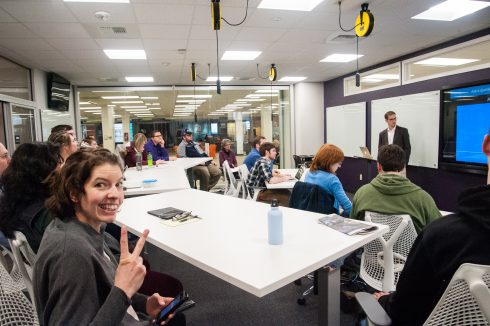
The Internet of Things
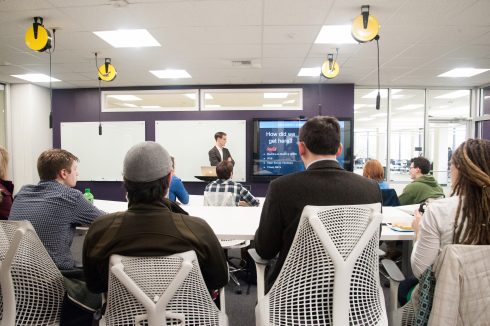
The Internet of Things
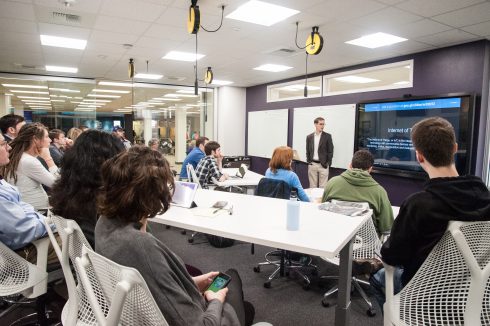
The Internet of Things
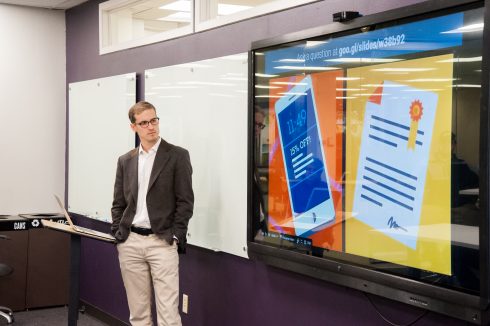
The Internet of Things
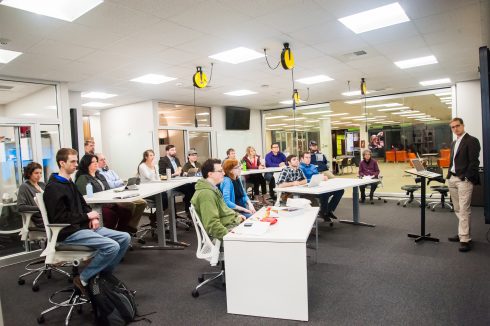
The Internet of Things
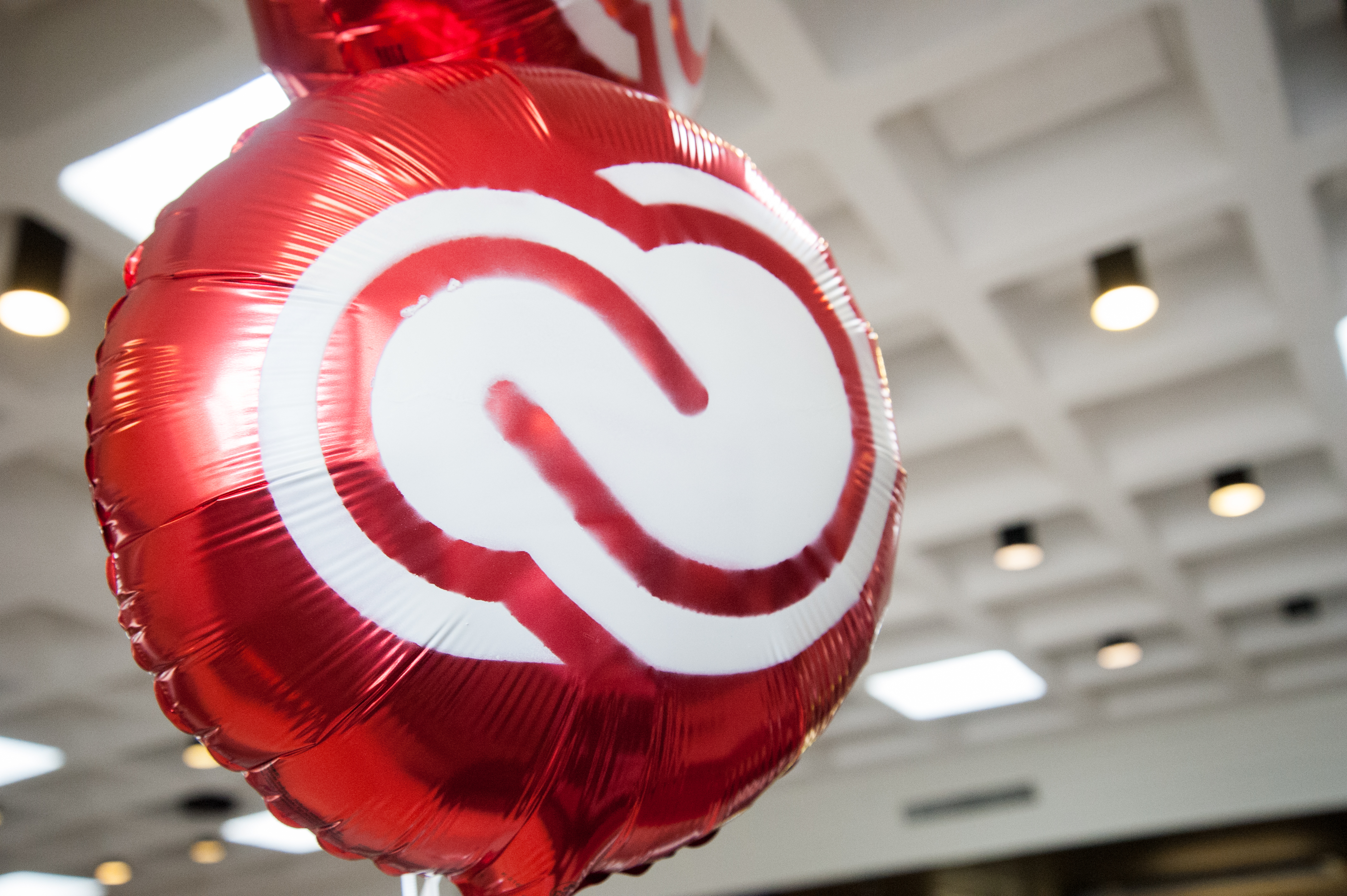
by Donald Simpson | Feb 2, 2017 | Adobe CC, Innovation Foundry
Two very exciting days on ACU’s campus, as Jason Katsoff (ACU’s Adobe Success Manager – for Adobe) joined the Innovation Foundry, Team55, Learning Studio, Maker Lab, and Adams Center to raise the awareness of faculty, students and staff to what they can take advantage of through Adobe’s Creative Cloud (Adobe CC) here at ACU. From helping the campus gain access to their free Adobe CC software, to showing how those applications can help them in their teaching, learning, and projects, everyone involved had a great opportunity to take their digital capturing, creating, editing, and publishing skills to the next level.
To learn more about Adobe CC, please feel free to ask any of the staff in the Innovation Foundry, Team55, Learning Studio, Maker Lab, and Adams Center.
































